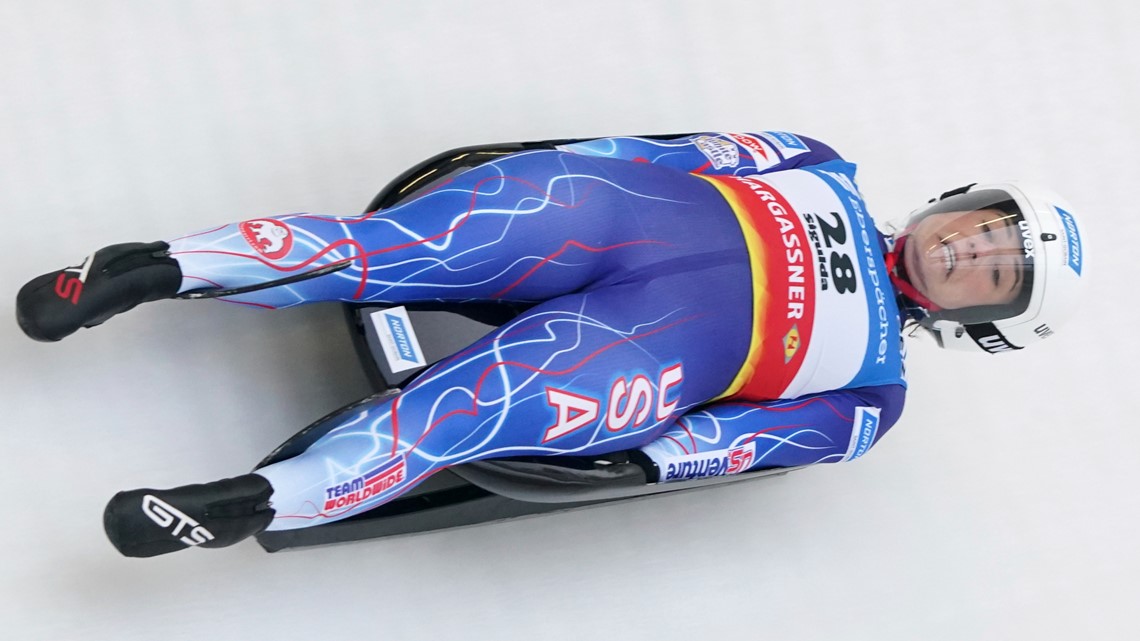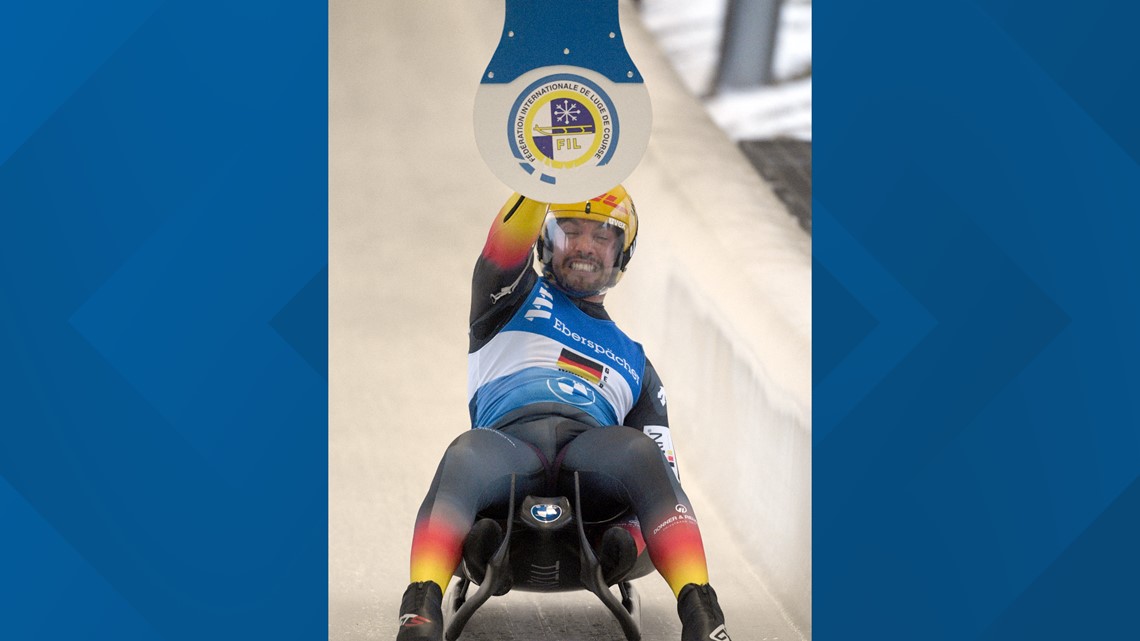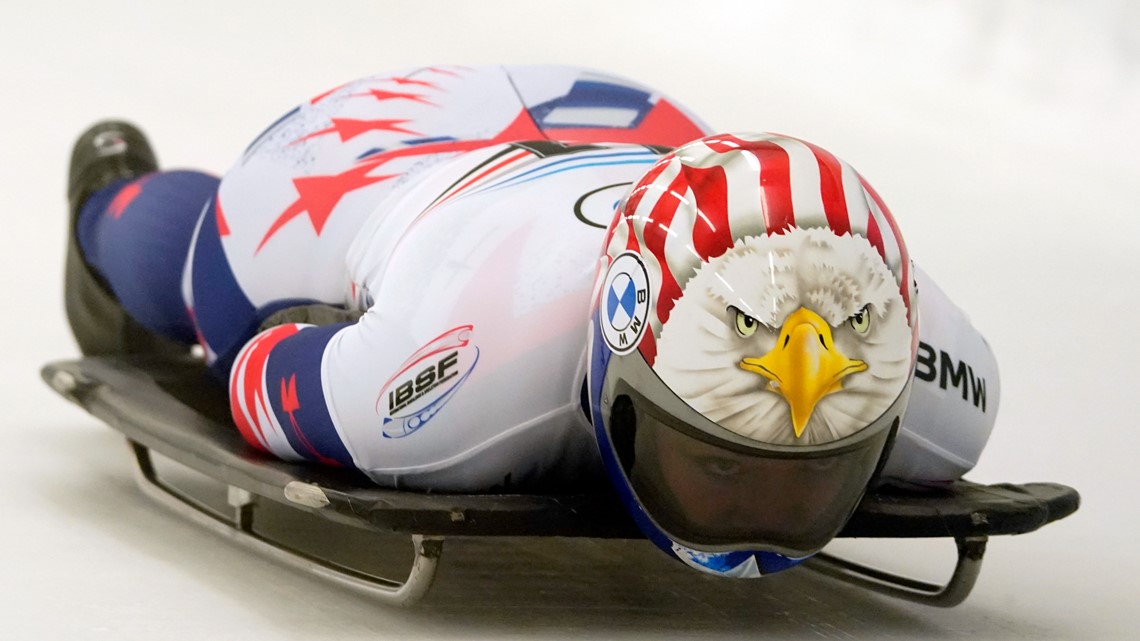The basic goal of the sliding sports at the Winter Olympics – luge, skeleton and bobsled – is the same. Slide down to the bottom of the banked, narrow, iced track faster than your competition. But each sport, among the fastest at the Games, has its unique characteristics, one of which will be adding a new event for 2022
Bobsled
Bobsled is the original sliding sport, making its debut at the inaugural Winter Olympics in 1924.
For years there have been three disciplines – two-man, four-man and two-woman. In four-man, mixed-gender crews have been allowed since 2014, but since more weight is typically desirable in a sled, this option is rarely used. As part of the effort toward equal opportunities for women, the new event of monobob has been added just on the women’s side in 2022. As the name suggests, only one woman will be in the sled.
Much what determines who wins comes at the start. The team members push the sled as hard and as fast as they can – holding retractable handles -- and jump in. The driver at the front controls the direction. Everyone else is pretty much there for the ride except the person in the back who pulls the brake at the end of the run.
Getting that push from the start often means athletes from other sports are invited to join the team.
U.S. Olympic sprinter Lolo Jones was added to the women’s bobsled roster ahead of the 2014 Olympics and won gold at the 2021 world championships with driver Kaillie Humphries. Former NFL running back Herschel Walker was on the U.S. 2-man bobsled team at the 1992 Olympics in Albertville, France. His sled finished seventh.
Speeds are known to reach more than 90 mph.
Luge
There is no running start here. The slider holds onto a pair of handles to launch themselves on the the course before lying on their back on the sled. Unlike bobsled, the slider’s body is completely exposed to the elements. That can mean serious injury if they crash at speeds approaching 90 mph.
Steering can be done either by shifting body weight, using the calves to change the direction of the runners -- the blades that contact the track -- or by pulling on the handles that the slider holds onto.


At the 2022 Games, there will be men's singles, women's singles and a doubles competition, plus a team relay. In singles, each slider gets four runs over two days. In doubles, it’s two runs on one day. The person or team with the fastest combined time in each event is the winner.
In the relay, a single woman, single man and a doubles team each take turns going down the track. When each gets to the bottom, the slider must reach up and hit an overhead paddle to open the gate at the top, allowing the next slider to go. There is only one run, with the time starting when the first slider goes and ending when the final slider touches the paddle.


Skeleton
Want to slide head first down an icy, curvy hill at speeds of more than 80 mph with basically nothing but a helmet to protect you if you crash? Skeleton is your sport.
The slider runs as fast as they can, bending over and pushing their sled to start. Then they jump on. To steer, sliders can use their knees or shoulder to put pressure on corners of the sled, use bodyweight shifts or tap their toes on the ice.
There are no doubles or team competitions in skeleton, only men’s singles and women’s singles. Each slider gets a total of four runs over two days, with the fastest combined time winning the gold.
One thing to watch for in skeleton is the artwork the sliders like to put on top of their helmets.



